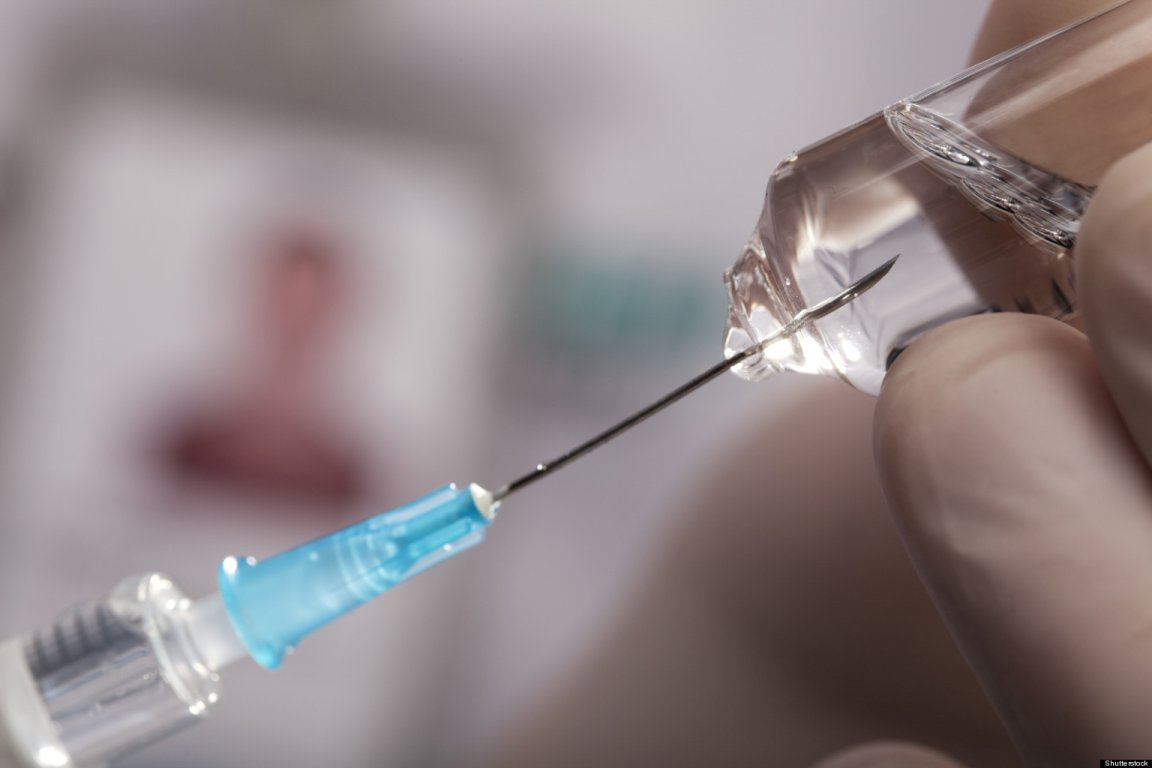
- The studies describe a multi-pronged approach to an HIV vaccine, each one demonstrating a component of the process. Assembling all these components into a vaccine for humans is the final step. Testing could take place in about two years, the scientists say.
- The scientists envision a series of sequential vaccinations. The first one is intended to produce immune cells capable of maturing into cells that make antibodies that neutralize a broad spectrum of strains of HIV. The following ones would guide these cells further in the direction of making the desired antibodies.
- The vaccine strategy is to target a subset of the antibody-making B cells that are capable of producing the right antibodies, cause them to proliferate, then subject them to antigens that progressively guide these cells into making the broadly neutralizing antibodies.